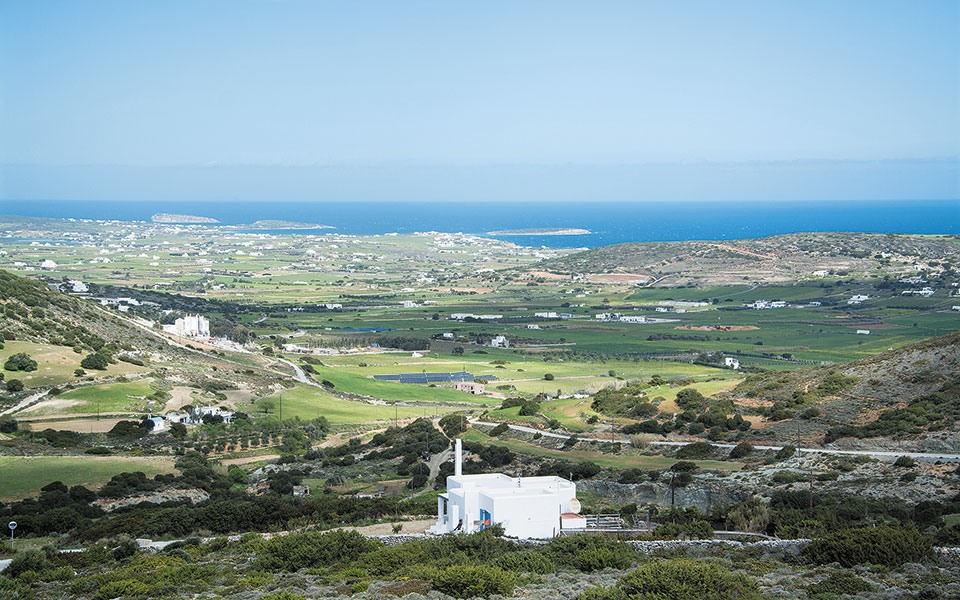I went to Paros for the first time 58 summers ago. My mother, her siblings and her parents grew up there. East Paros, Marpissa and Piso Livadi had no electricity, we lit with oil lamps, the inhabitants were farmers, stockbreeders and fishermen. On the beach of Piso Livadi, nets were spread to dry, where there was some space left, we could sit after the bath. There were few cars, some American sedans and some buses. The donkey and the horse were widely used. Last month, Paros hosted 130,000 visitors. Its population according to the 2011 census is 14,000 and did not decrease despite the memoranda. Paros has always had tourism, even in 1945 a few months after liberation. Many Greeks, a few foreigners. In 2008, under the mayorship of Giannis Ragousis, it acquired a general urban plan, according to which the permanent and seasonal population would reach 73,000 at the peak of the season. Researchers fell 100% out. It was the first Cycladic island to take this step. According to the study, “the number of owners of mainly second homes is expected to increase approaching 32,000 from 19,000 today and the construction of a second home is the main form of economic activity in the study, as opposed to the creation of large hotels.”
The criticism of the plan by the association “Friends of Paros” was that it would strengthen the off-plan construction by expanding the volumes of the villages, leading to the junction of each other. This to some extent is now happening between Marmara, Prodromos and Marpissa where – in Marpissa – three quarters of the population lives outside the village.
This trend pre-existed the plan and despite the tightening of conditions for off-plan construction did not stop. This year, 600 new building permits were issued in Paros. A large five-star hotel has been built over Logaras, while two more are being prepared. The airport will grow to accommodate larger planes. The truth is that today many passengers stay in the sun until they board. Most passengers will, however, squeeze the already “scarce” resources of the island, but according to the mayor Marco Kovaios, they do not threaten “to make Paros, Mykonos or Santorini. We are the first who do not want to increase the volume of concrete “. Rare resources are water, garbage dump and car roads. The cell of the current landfill fills up faster and will be depleted, but a new one is being prepared. But millions of plastic packages come from the mainland without returning their wrappers back to it. At the same time, the construction of two new desalination plants has already been launched. In Parikia, which faces the biggest problem of car traffic, the load was measured in three different seasons. The solution will be a new peripheral ring. But this will be overcome in a few years, if the island doesn’t decides what are the maximum loads of visitors and cars that it wants and can serve.
